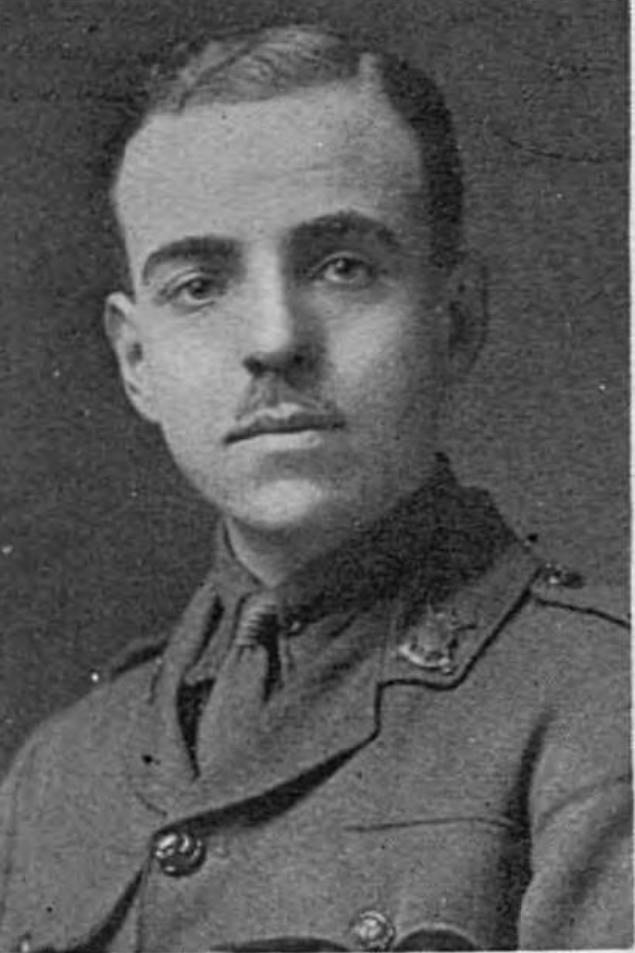This article is about the 6th Dragoon Guards (Carabiniers) will help you to research the Regiment and soldiers who served with it during the First World War. I have also written a series of guides to help you research soldiers who served in the British Army during the First World War:
The 6th Dragoon Guards (Carabiniers) in the First World War
The 6th Dragoon Guards was stationed at Canterbury, Kent when Britain declared war on Germany on 4 August 1914. The Regiment was mobilized and landed in France in August 1914 as part of the 4th Cavalry Brigade, Cavalry Division which became the 1st Cavalry Division on 16 September 1914. The 6th Dragoon Guards only served briefly with the 1st Cavalry Division as the 4th Cavalry Brigade was transferred to the 2nd Cavalry Division on 14 October 1914. The 6th Dragoon Guards served with this formation for the remainder of the war on the Western Front. In September 1919, the Regiment left France for Ireland where it was stationed at Curragh.
If you would like to learn more about the 6th Dragoon Guards (Carabiniers) in the First World War then I’d recommend downloading the Regiment’s first war diary which I have discussed below.
Researching a Soldier who Served in the 6th Dragoon Guards (Carabiniers) during WW1
Start by looking at my guides to Researching Soldiers who Served in the British Army. The most important articles to look at first are:
- Finding a service record
- Medal Records
- Abbreviations and Acronyms of the British Army (you will come across a lot of jargon)
The 6th Dragoon Guards’ war diary (see below) is good and should be downloaded as it provides a lot of information regarding the Regiment’s service during the war.
Officers: Hopefully, a service record has survived and if it has it will either be located at the National Archives or held by the Ministry of Defence (MOD). Unfortunately, many have been destroyed. If an officer served past April 1922 then you will have to order the file from the MOD: Ordering a Service Record from the MOD. The war diaries I have discussed below frequently mention officers so look through them. Also, have a look at my articles on searching the London Gazette, and Hart’s Army List.

Other Ranks: Have a look to see if a service record has survived but many were destroyed during the Blitz. If a soldier continued to serve past January 1921 then their service record will be with the Ministry of Defence: Ordering a Service Record from the MOD. If no service file has survived then it could be that only medal records have: Medal Records. If you know a soldier’s regimental number you can often work out an approximate enlistment date.
To research a soldier who served with the Regiment you will need to look at the records on both FindmyPast and Ancestry. Fortunately, both offer free trials and if you’re in Britain, you can usually view the sites for free at your local library. Clicking on the banner below will take you to FindmyPast.
War Diaries of the 6th Dragoon Guards (Carabiniers)
Both the war diaries below have been digitised and can be downloaded from the National Archives’ website for a small fee by clicking the hyperlinks (blue text).
- Date: 05 August 1914 – 31 March 1919
- 4th Cavalry Brigade, 2nd Cavalry Division
- Reference: WO 95/1137/1
- Notes: A good war diary which contains over 400 pages detailing the 6th Dragoon Guards’ activities during the First World War.
- Date: 01 April – 31 August 1919
- Dragoon Brigade, Rhine Cavalry Brigade
- Reference: WO 95/1166/3
- Notes: A short war diary which contains brief entries.
Further Sources for the 6th Dragoon Guards
Unfortunately, there was no regimental history published for the Regiment concerning its role during the First World War.
Extract from the War Diary of the 6th Dragoon Guards
In the extract from the 6th Dragoon Guards’ war diary below, the Regiment was in the trenches near Ypres on 2 May 1915 when they come under a heavy artillery bombardment which includes gas.
05 August 1914 – 31 March 1919, 4th Cavalry Brigade, WO 95/1137/1
In the trenches all day. All was quiet during the morning and early part of the afternoon. Weather rather misty.
4 PM. Orders received to get all entrenching tools collected in view of relief during the night.
5 PM. Orders received for Regiment to evacuate the trenches and march back to our horses near Vlamertinghe at 5.30 PM.
5.05 PM. A C Squadron sentry reported that he could see German gas blowing in out direction so respirators were at once put on. A very heavy rifle fire commenced and we were heavily shelled with high explosive shells full of gas. This bombardment lasted until 7.00 PM and was extremely violent. A few men were overcome by the gas but the respirators proved to be efficient.
5.15 PM. Troops on our left seen to be going back from their trenches having suffered badly from the gas so part of 3rd Cavalry Brigade was brought up in their place and our left flank was made secure. Gas did not appear to effect the front line trenches and the German attack was not pressed.
8.00 PM. Line reported to be intact. The Regiment had a few casualties from the bombardment owing to the men keeping well under cover we did not suffer very heavily.
3 May 1915: 1.20 AM. Received orders to evacuate our trenches at 1.45 AM. Tools were at once loaded in the pack horses and spare kit was taken to a lorry at BHQ.
